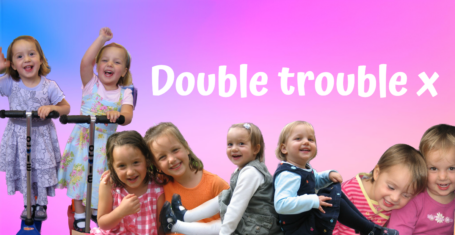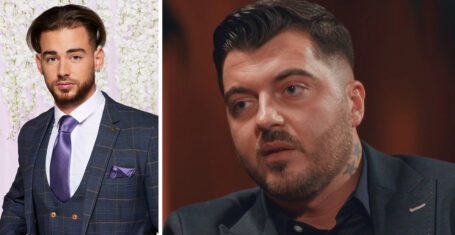
Adoption: A Crying Shame
A recent BBC2 documentary forces ANNA SHEINMAN to question our laws regarding adoption.
Last Monday, BBC2 screened A Home for Maisie, an hour long documentary about a nine-year-old girl who regularly has six hour tantrums and inflicts ugly, brown bruises across her adoptive mother’s body. A typical outburst sees her scream: “I HATE MY LIFE,” and call her adoptive mother a “fat slut”.
Recordings of Maisie’s much needed therapy sessions give us an insight into her early childhood, and her behaviour begins to make sense. Maisie was born prematurely to a drug riddled mother who was severely beaten by her partner.
In the care system, she worked her way through 10 foster families, including two painful, failed adoptions, because nobody could cope with her extreme behaviour. Her brother is now living in a cosily named ‘secure institution’: a ‘placement for children who are not manageable in a family situation.’
Maisie, mid-tantrum.
This grim tale throws into relief how backwards our legal system’s attitude towards adoption is. Whilst foster care is a paid position, supported by a wide range of services, adoptive families receive little or no psychological or financial support. Our judiciary and legislature cling to the 1960’s idea of adoption: untroubled babies who are born out of wedlock and who are given up for adoption because it is ‘the right thing to do.’
1968 was the peak of adoption in this country, and was typified by such babies, adopted by married, middle-class couples who could not have their own children. The shame of infertility meant adoptions were often not spoken about, even hidden from close family members.
——————————
“Jim and Sue have adopted nine children
from extremely difficult backgrounds”
——————————
To enable this, the courts went to great lengths to make adoptive families just like ‘normal’, biological families. As a result, judges were (and still are) unwilling to enforce contact with a child’s birth parents, children had no access to information about their backgrounds and statutorily, adoptive parents had little support.
Today, social services are forging a path through that darkness. As the stigma of childlessness has fallen away, and adoption increasingly involves older children, some changes have been made. Adoption services consider open adoptions the standard model, and making contact with birth parents is getting easier. But that is little comfort to Maisie.
Maisie often needs to be held using special restraining techniques.
In total, Jim and Sue have adopted nine children, all older, all from extremely difficult backgrounds. All of the children know about their birth families, and attended court for the signing of their adoption papers; they do not pretend to be a ‘normal’, biological family.
But, as soon as each child made the transition between being fostered by Jim and Susie, to being legally part of the family, support fell away and fostering payments came to an end.
——————————
“3% of our adult population were in care,
26% of our prison population were.”
——————————
Maisie’s intensive therapy at pioneering Family Futures costs the Local Authority £50,000 a year. Without it, her anger will not abate, she will soon grow, Jim and Sue won’t be able to restrain her, and she will have to live in ‘secure accommodation’. Therapy is the cheap option: a year in a secure institution costs £250,000.
Post-adoption, negotiation of therapy for Maisie will become even more difficult. How bitterly ironic: these incredibly generous people want this damaged little girl to feel as loved, and as secure as she possibly can, but in doing so, they are condemned by the legal system to a much more difficult life.
Maisie, post-tantrum
Under the Adoption and Children Act, there is an obligation on the Local Authority to assess every adopted child for needs, but no obligation to provide for those needs. This is not just unkind, but cost-ineffective and short-sighted. The less support, the more likely an adoption is to fail, and the child is returned to the much more expensive state care system.
And, as these children grow up, they will continue to cost the taxpayer. People who grow up in care homes are less likely to get any GCSEs, and more likely to become unemployed. Statistics show that 3% of our adult population were in care, 26% of our prison population were.
Of course I want Maisie to get the therapy. You’d be hard pressed to watch the programme and feel differently. But, this needs to come as part of a wider recognition that adoption is not biological parenting, and it is not foster care. Rather, it is separate, it deserves support in its own right, and in the long run this change would save us an awful lot of money, and a good few of Maisie’s tears.










































